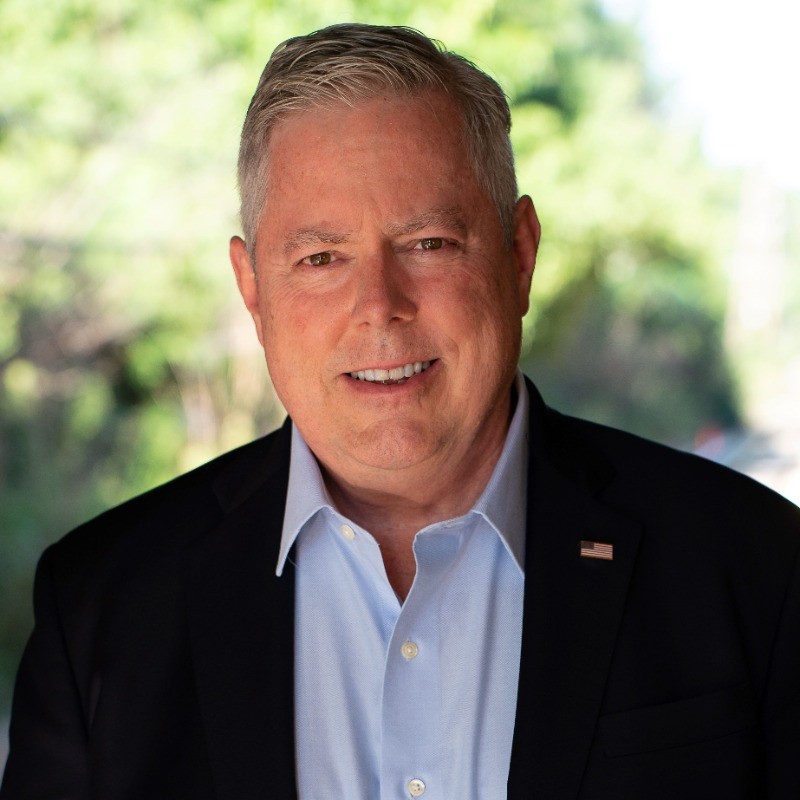By Jim Toes, President & CEO, STA

Last month’s STA Market Structure Conference, titled “Shifting the Landscape”, promised in-depth discussions of the most pressing issues reshaping the financial services industry. Over three days in Orlando, the panelists delivered, diving into topics from demographic and asset class trends to the implications of SEC regulation.
Read on for 8 takeaways from the program, including perspectives from exchanges, trading firms, regulatory officials and beyond.
1. The retail trading community grows increasingly sophisticated. Today’s retail investors have evolved into highly active, educated participants in the financial markets, driven by better access to tools and resources. Significantly, innovations like 401(k) rollovers and self-directed accounts have enabled retail traders to diversify their portfolios. The “Continued Democratization of Retail Investing” panel focused the transformative impact of technology on democratizing market access.
“Retail traders have demanded better and better tools and are now actively managing their portfolios around headlines and major events,” said Webull Financial’s Arianne Adams.
2. ETFs are bringing institutional management to retail investors. With the rise of new products and new strategies, ETFs have seen a surge in adoption. A decade ago, individual investors would have struggled to secure downside protection or enhanced yield, but with the increasing sophistication of the retail community, they are now flocking to vehicles that enable such approaches. The market has grown accordingly. “A total of 46 firms have launched an ETF in 2024 that never had before – that’s more than one a week,” said Douglas Yones of NYSE. “The numbers are there. Now they need partners and people to help them efficiently navigate the market. The next era of ETFs is here.”
3. Options continue to explode. The options-focused panel discussed the rapid innovation occurring within this market. Retail demand has surged, while institutions are focusing on initiatives like options-driven ETF structures and dedicated risk models for this asset class. Panelists agreed that while a more measured pace may be appropriate, there is a continued need for evolution, creating competing incentives. “One place I think we’re heading: if listed options don’t provide more strikes and expirations, people are going to move to flex options or OTC options,” said Jennifer Setzenfand of Federated Hermes. “It just underscores the need for evolution in the listed options space.”
4. “Wall Street South” continues to gain momentum. With numerous financial institutions opening offices in the area, South Florida shows true promise as the nation’s next major financial hub. Former Florida Governor Jeb Bush and Miami International Holdings Chairman and CEO
Thomas P. Gallagher discussed the developments that have made the state a key industry player, with Gallagher sharing MIAX’s plans to open a trading floor in Q2 2025.
“The dream for me, for the state of Florida, was developing a closer connection to the financial services industry by having a vibrant exchange in our community,” Bush said.
5. The SEC rulemaking process has evolved significantly. The presence of industry regulators is always a highlight of the conference. This year’s program featured former SEC Commissioner Dan Gallagher and former Director, Division of Trading and Markets Brett Redfearn, both of whom expressed certain misgivings regarding recent regulatory priorities. Gallagher stated his concerns about the commission’s approach to payment for order flow, while Redfearn offered his perspective on the overall evolution of SEC rulemaking. “We passed rules when I was with the SEC that were approved and upheld in court and then ignored by the new SEC administration – or they cherry-picked parts to ignore,” said Redfearn. “I think that is a dangerous precedent.”
6. 24-hour trading appears inevitable. On Friday morning, panelists from Blue Ocean Technologies, Imperative Execution, Liquidnet and OTC Markets took the stage to discuss the roles of their respective venues, which offer distinct value propositions to market participants, in the wider marketplace. One theme they discussed (which came up several other times during the program) was the seeming inevitability of 24-hour trading. Bryan Hyndman, CEO and President of Blue Ocean, stated that progress has been measured, yet undeniable. “An exchange will definitely follow our success in overnight trading,” he said. “But right now, you don’t have the SIP operating 24 hours and trade reporting is batched. Things are evolving, though. DTCC used to open at 4 am, and now it’s 1:30 am. In a few years, it will be 24/5.”
7. Cybercrime has become a potent threat to market security. Thanks to rapidly evolving technologies, cybercrime has evolved into a highly sophisticated business, posing significant threats to financial market resilience. In a fireside chat, Bryan Smith of FINRA, former FBI Section Chief of Cyber Criminal Operations, cited malware, infrastructure and money laundering as being among the principal challenges. He also cited the vast underreporting of attacks as a key issue in cybercrime enforcement. “When the FBI infiltrated a major cybercrime network for seven months, we could see all the victims, past and present,” said Smith. “Only 20% to 25% of the cybercrime victims actually reported the attacks.” Smith explained that by reporting concerns to FINRA or to law enforcement, firms may be able to receive guidance, assistance, and referrals to potential resources that could help address their issues. Additionally, Smith described FINRA as being “open for business” and willing to actively engage with firms to provide support.
8. Mentorship is vital to career growth. The conference also featured the 9th Annual STA Women in Finance Symposium, where Patty Schuler of BOX Options Markets received the 2024 Woman Mentor of the Year Award. She spoke on lessons learned from her career and the industry’s progress toward diversity, encouraging her fellow female professionals to embrace the wisdom of those above them and invest in the ones who follow.
“I truly believe that mentoring is about passing on your knowledge and legacy to the next generation,” Schuler said. “The best way to thank a mentor is to pay it forward and become a mentor yourself. We must all remember to thank those who have made a difference in our lives.”




